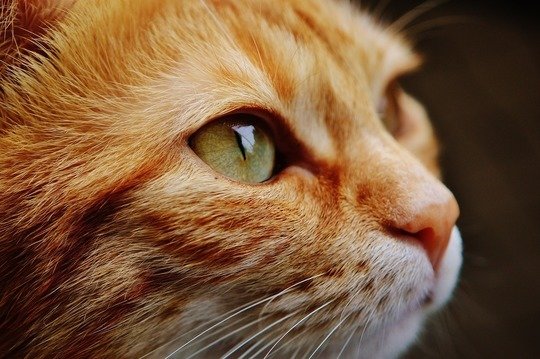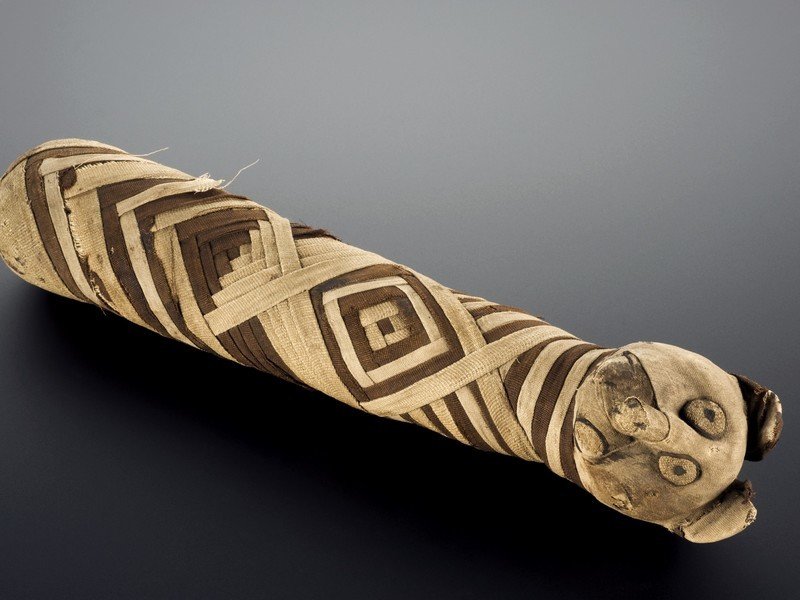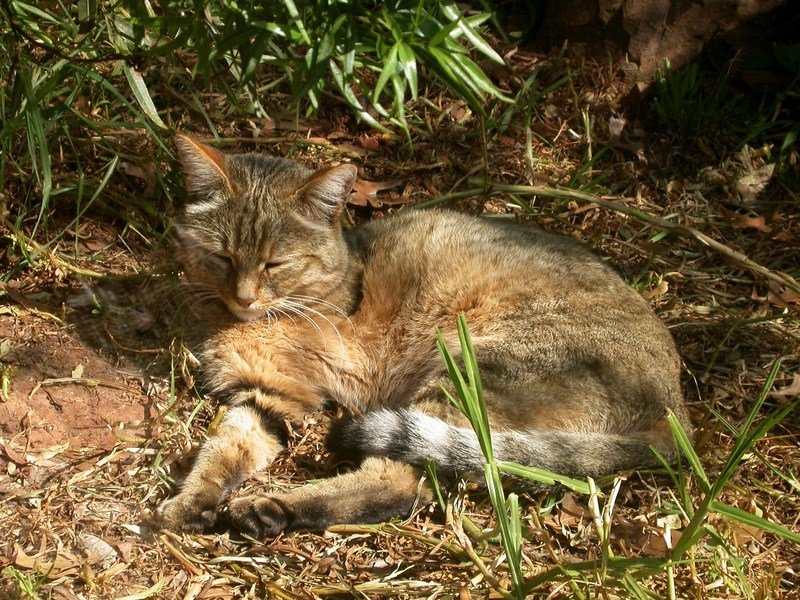THCengineer
Member

LOOK OUT EVERYBODY! IT'S CATmageddon!
Hey, all you kool two-legged kats out there,
Oh no, It's ALL over! It's CATpocalypse!
Oh no, My God! Its DOOMSDAY!
Like we felines always say:
When in danger,
When in doubt,
Run in circles,
Hiss and shout!
And this is for all you frisky felines running amok out there:
Forget your crunchy treats and go crawl under something!
The gravy train has crashed and the cupboard is bare!
The stars are going out and the poker is in the fire!
The tides are rising and the sea is rushing in!
Hail and fire raining down from the skies!
We're out of tidbits and crunchy treats!
The party's over, brothers and sisters!
Brush up on your swimming, kitties!
The mother of all storms is brewing!
We're all in for a hell-of-a-time!
ANIMAL CONTROL IS HERE!
It's the End Of The World!
See you in cat heaven!
Die all, die merrily!
Whoopee!
Cat Tale
Though I've kept many cats since 1986
I confess that I still don't know what makes them tick?
After I feed them and groom them and hug them each day
Their articulate mews say they're ready to play!
Like lion cubs, they love to stalk, jump and zoom
In the wild kingdom that was once my living room.
But they're my precious, priceless and loyal best friends
Who, with leg-rubs, paws and licks pay me dividends
That reciprocate the care I invest in them
With their purring cat tale that will never end!
.:AeolusAthene:.
https://www.youtube.com/watch?v=G9YxUCFeF2A&feature=sh are
Epic Cat House Party
Published on Feb 19, 2016
We did it! One epic video and over 4,000 retweets later, the latest great cat video has been unlocked.
https://www.facebook.com/danstapub/videos/769353326560470/
Keep them busy
November 2, 2016
A side-splitting, riotous, comedic mirror of current world events!









